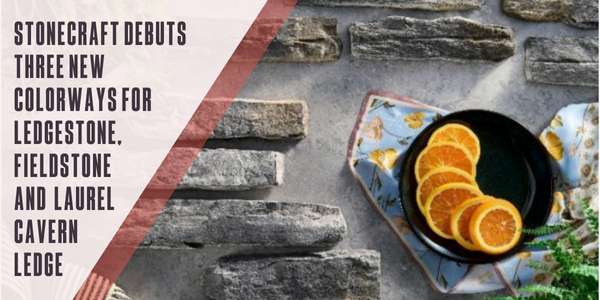This Terracotta Roof Tile is Secretly Solar

By Evelyn Witterholt.
Dyaqua, an Italian solar and lighting company, has designed an invisible solar roof module that looks like a terracotta tile.
One of the biggest concerns of upgrading the roofs of heritage buildings is preservation. While it would be more energy efficient to put a solar panel on their roofs, many fear this would compromise the historical aesthetic significance of the building. Italian solar and lighting company, Dyaqua, has recently invented a solution to this with their Invisible Solar Rooftile.
The Invisible Solar Rooftile is a photovoltaic solar module that offers the best of both worlds. The solar in each tile is made from monocrystalline silicon cells that are layered underneath ceramic tiles. Each roof tile is made from non-toxic materials. The top layer has a surface that looks opaque, but is still transparent to allow sun rays to get to the cells.
According to Dyaqua’s spokesperson, Elisa Quagliato, they had designed the tile to allow heritage buildings to have access to solar while still maintaining their traditional look. "Archaeological sites and usual heritage buildings have a high energy consumption. Therefore, solar energy is very important to lower the environmental impact of these beautiful places and support them in spreading culture," she said. "The interest in Invisible Solar is constantly increasing since it answers a specific issue of all heritage building owners."
The pilot installation of the roof tiles was throughout the Pompeii Archeological Park. Gabriel Zuchtriegel, director of the park, said that they chose to install these tiles because they look the same as the tiles used by the Romans, but they provide much-needed energy for their lighting system.
“Since we needed an extensive lighting system, we could either keep consuming energy, leaving poles and cables around and disfiguring the landscape, or choose to respect it and save millions of euros,” he told CNN.
Currently, these tiles are made to order and there might be a bit of a wait once you do place an order. They are also artisanal, meaning that no two tiles are exactly alike, which adds to the beauty of heritage buildings. Each tile is photocatalytic which helps purify the air while cleaning the surface of the tile. They are also able to handle static loads, atmospheric agents and chemical solvents.
Photo credit: Dyaqua
Have a question? AskARoofer.
Find your local roofing contractor in the RoofersCoffeeShop® Contractor Directory.
About Evelyn
Evelyn works as a writer for RoofersCoffeeShop, MetalCoffeeShop and AskARoofer. When she isn’t writing about roofing, she’s either at the gym lifting weights or curled up on the couch watching a movie.









Comments
Leave a Reply
Have an account? Login to leave a comment!
Sign In